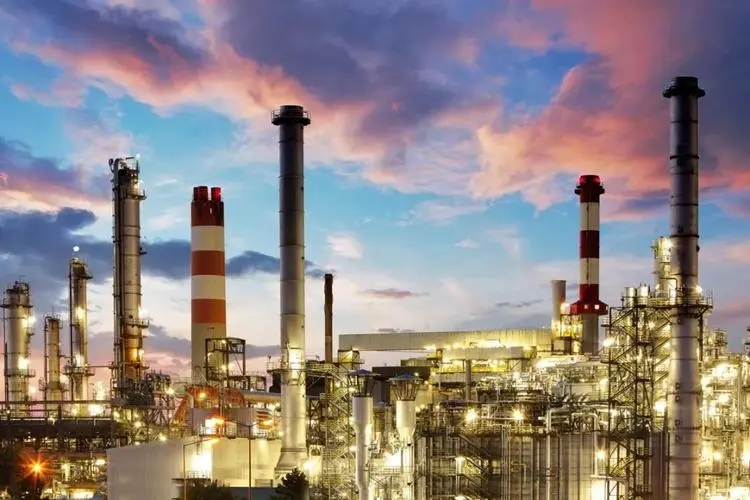TOCOM Energy
JPX Energy Market Updates(Nov.28, 2022)
Welcome back to JPX energy market updates.
Supply-side news is a major factor in market volatility last week. Markets started the week under pressure following a report in the WSJ suggesting Saudi Arabia was set to propose a 500,000 bpd output increase when OPEC meets in early December, which at one point sent crude prices tumbling 5%, prices rebounded after Saudi state media issued a statement on behalf of the oil minister denying such talks had taken place.
However, Oil prices finished lower Friday after the EU discussed a price cap on Russian oil between $65‑70 a barrel, a higher price range than markets expected and at levels that will reduce the risk of disruptions of EU sanctions on Russian oil shipments.
Much hinges on two huge unknowns: the degree to which Russian supply will come off the market after sanctions kick in on Dec. 5 and the impact of the accompanying G7 price cap, and when and how quickly China's demand will recover.
Russia Urals crude is currently available at discounts of around $20/b to Dated Brent, which at current levels puts the Russian grade firmly within the $65-$70/b range, and the higher price would likely keep Russian output close to current levels and add to the flows of Urals already heading to Asia.
The idea of the price cap is to prohibit shipping, insurance and re-insurance companies from handling cargoes of Russian crude around the globe, unless it is sold for less than the price set by the Group of Seven nations and its allies.
No final decision has been taken by the G7 and the EU yet, though talks are expected to continue this week.
Saudi Arabia and Iraq have reiterated the importance of adhering to OPEC+ output cuts that last until the end of 2023 according to a statement, the statement also pointed to the ability to take further measures, if required, to achieve balance and stability in the market.
However,oil market watchers confused over signals on OPEC+'s next policy move will find little clarity in fundamentals, with the International Energy Agency, OPEC's analytical arm and the Energy Information Administration at odds over supply requirements for the first quarter of next year. EIA sees a need for OPEC to pump more oil in the first half of next year, with the IEA and OPEC's Secretariat suggesting little scope for an increase. while US pressure is deemed the biggest challenge to a further cut, the mixed data on oil balances suggest that for now maintaining the status quo may be the preferred course of action.
On the demand side, China’s rising Covid cases and the return of restrictions have weighed on oil prices as the market fears another slowdown in Chinese economic growth and fuel demand, on top of global recession fears.
Lockdowns in China are bad news for more than just oil bulls. Because of its role as a global supplier, any large-scale disruption in Chinese economic and industrial activity means lower supply of often crucial products. On Friday, in an attempt to shore up the economy, China’s central bank slashed the amount of cash lenders are required to hold in reserve by 25 basis points for the second time this year.
Dubai lost further ground to its Brent counterpart, as the Brent/Dubai cash spread at one point widened to over $7/b before crunching back to $5/b on Friday.
Structure has also softened as attention in the market turns to near term oversupply. The prompt Dubai market structure remained under strong downward pressure as the M1/M3 Dubai spread (Jan23/Mar23), set a yearly low of $0.85/b on Thursday before rebounding to close the week around +$1.50/b.
Furthermore, Dubai spreads for the first half of 2023 crashed into contango, with the first five intermonth spreads of the new year showing a negative structure on Thursday.
In the product market, diesel cracks eased since early-November from their record-highs the month before, as supply shortages in Europe due to the strike actions were resolved, product exports from China rose and slowing economic activity continued to depress demand.
Prompt gasoil cracks again fell below $39/b by the week’s close, hovering near two-month lows. Backwardation also came under pressure, gasoil contracts from May onwards firmed with the six-month forward backwardation narrowing to a two-month low.
However,Finding new markets for Russia diesel may prove more difficult than crude, with bottlenecks in clean tanker markets a particular problem.
OPEC market management and risks around Russian oil supply will likely provide support in the short term, but strong macroeconomic headwinds will cap any immediate upside. The end of Covid lockdowns in China and the loss of Russian supply after sanctions take full effect, as well as increased jet fuel demand, should see the market switch to balance and ultimately undersupply by the second half of next year.






